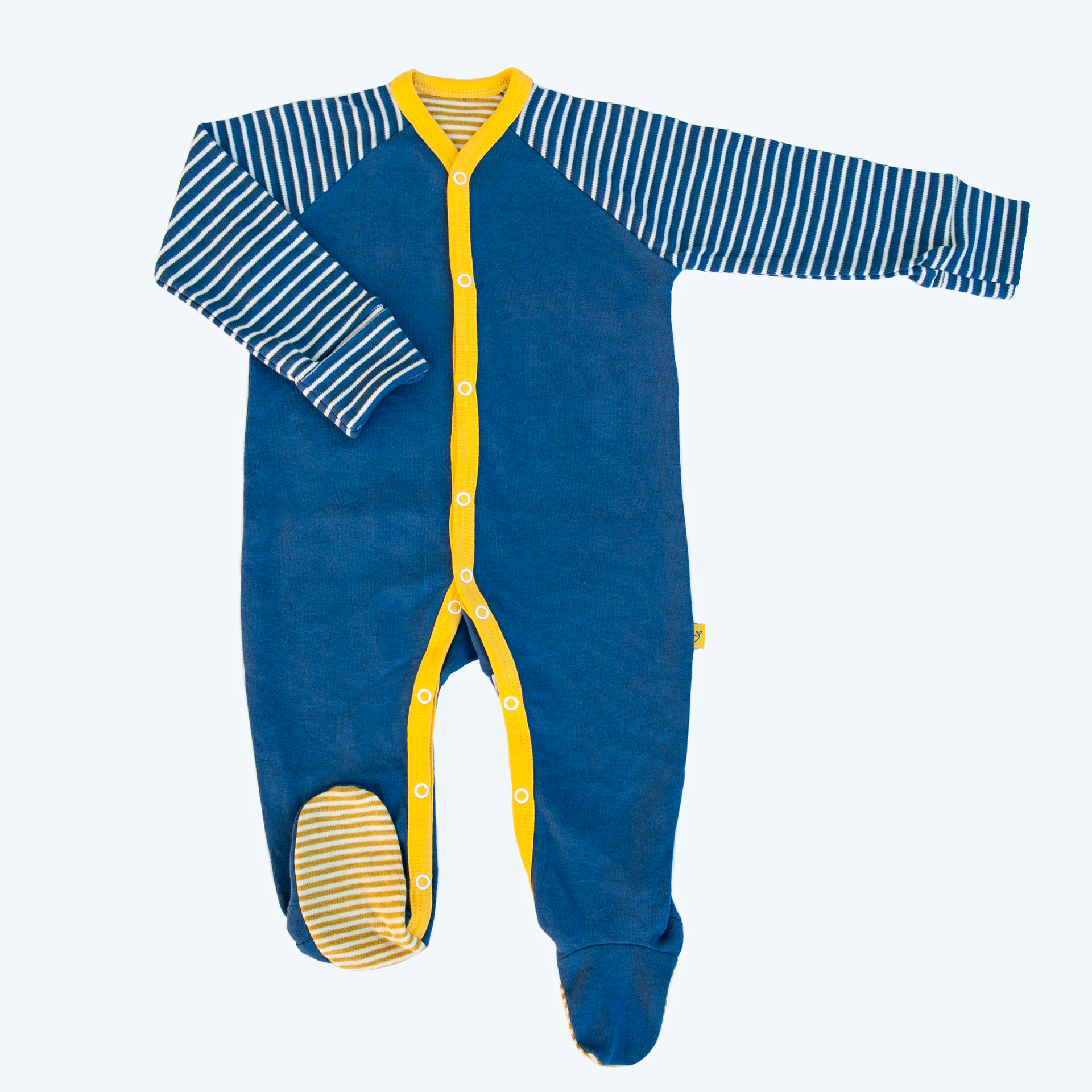

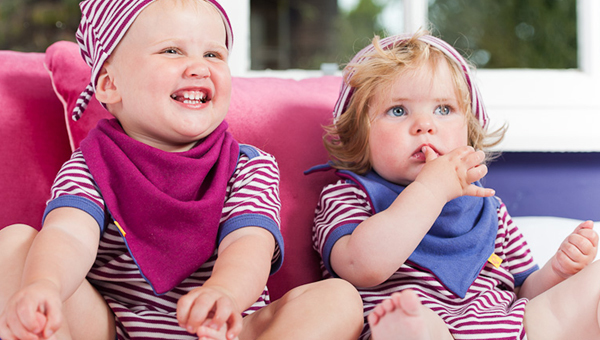
Follow our guide on how to best care for your SilverSense Clothing and your child’s skin
Washing Clothes - the do's and don'ts
Our skin provides an essential barrier against irritants, germs, bacteria and other hazards in our environment. A baby’s skin is 30% thinner than adult skin making it more prone to irritation. To protect delicate skin, it’s important to make sure everything your baby wears is as soft and clean as possible.
This starts immediately when you purchase new clothing as the fabrics will have picked up dust, dirt and germs in the warehouse, shop or on the journey to your home. As our babies and children’s skin is delicate it is important to wash clothing prior to using to ensure that any irritants on the fabrics have been removed before they are on your little one’s skin.
Before washing it is important to check the garment care label to ensure there are no special care requirements, i.e. some items may require hand washing, cold washed or cannot be tumble dried. Separate you clothes from nappies, towels and bedding – these items tend to hold more bacteria and are best washed separately.
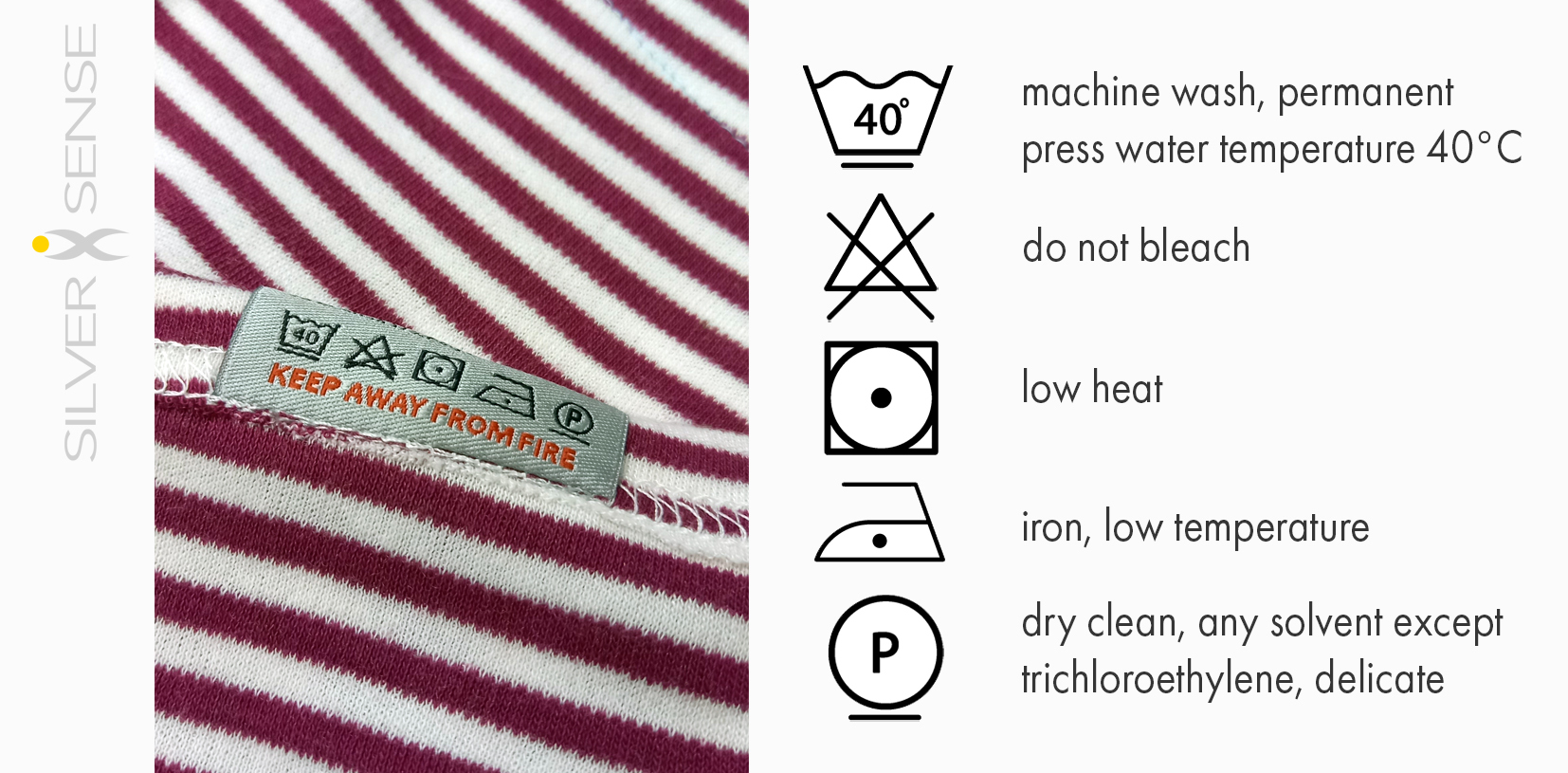
Make sure you separate lights and darks – while it can be tempting to throw all your washing into one load, especially when you are busy but this will result in whites having a tinge of grey and looking grubby. You should never wash brand-new brightly coloured clothes with whites or light-coloured items. The darker dye is likely to bleed onto the lighter garments during the first few washes, especially if it is on a hot cycle. After a few washes the risk of the dye running is not as high, but if you like to have whiter-than-white clothes you should probably still avoid mixing colours as even a small amounts of colour transfer can dull light garments. For striped garments it is best to hand washing in cold water the first time and then wash on a low temperature with similar colours. To keep you clothes looking great you must wash light and dark clothing separately.
Don’t overload your washing machine. Overloading means the clothes cannot move around the machine, dirt can get trapped between items of clothing and it leaves little room for the detergent to disperse.
Also, while it may be tempting to wash your baby and children’s clothes at the highest temperature on the label, this is not necessary. Washing at 30 or 40 degrees is perfectly fine to remove dust and dirt and it is much kinder on the environment. This will also make the clothes last much longer. Please note that for clothes that have been in contact with poo or sick, the NHS recommends removing the mess and flushing it down the toilet before washing the clothes at highest possible temperature recommended for that material.
What about Detergents?
Baby and young children have soft and delicate skin which makes them sensitive to harsh cleaning ingredients, it is best to use detergents free from irritating enzymes, optical brighteners and dyes. It is recommended to use non-biological as these do not contain enzymes that can deposit into the fabric and potentially irritate the skin of a baby or even a fully grown adult. It is preferable to use liquid detergents rather than powder as these are gentler to fabrics and can help keep your baby clothes looking new for longer. The majority of households tend to use too much detergent which can leave residue on your clothes, leaving them feel a little rigid. So make sure you choose a mild detergent that is non-biological and is suitable for sensitive skin.
Once the wash has finished you might also want to select a double rinse to make sure all the detergent is removed. Do not leave your clothes in the washing machine for too long (max eight to 12 hours), otherwise it will start to smell and grow mildew.
Is Fabric Softener necessary?
In short, no! Fabric softener is not necessary. Using it does not wash or clean your clothes and by not using fabric softener, it is better for the environment and saves money. Fabric softeners are typically petroleum-based products which do not biodegrade easily. Some fabric conditioners have a palm-oil base. There are several other ingredients that make up fabric softeners like glutaral which is toxic to marine life.
The reasoning behind using fabric softeners is that it is supposed to soften your fabrics, but it does not necessarily do this over time. Fabric softeners apply a thin, waxy coating on the fabrics which, must be water resistant to survive that washing process. The waterproof coating initially makes your clothes softer but lessens the ability to absorb water and detergent over time which leads to unclean clothes that locks in dirt and odour. It does help with eliminating wrinkles and static but there are other ecofriendly alternatives that do the same task. Some baby clothes are treated with flame-resistant chemicals to keep your little one safe. Fabric softener can make this less effective, so always check before you add any to your wash.
Top tips to get soft and fluffy laundry that smells great
Hard water, too much detergent and frequent washing can all contribute to ‘stiff’ clothing. Avoid this:
- Use a good detergent – most on the market are designed to soften fabrics, reduce static and prevent wrinkles therefore there is no need to use fabric softener
- Use less detergent - too much detergent can leave residue on your clothes, making them feel rigid
- Spray lavender or rose water onto your clothing before putting in the wash
- Add baking soda – add a little baking soda into your laundry during washing as this can help soften the water and in turn often your fabrics. Add a cup of it to the dispenser tray
- Add white vinegar – adding vinegar to your washing can help soften your clothes. Add ¼ cup of vinegar into the rinse cycle or you can spray some vinegar onto a washcloth and put it in the dryer. Do not do this if you have a large amount of synthetic fabrics
To Tumble Dry or Line Dry?
Is it better to tumble dry or air dry your baby's clothes? This is entirely up to you. Air drying will use less energy, which will also mean you save money but if you need dry clothes, fast, even popping your baby's outfits in the tumble dryer for a short amount of time can be a huge help. Always check the care label on the clothes first to make sure they won't shrink.
Drying Tips:
- Scented wool dryer balls are a great alternative to dryer sheets – add a tiny amount of essential oil to them and toss them into dryer with clothing, these also reduce static, wrinkles and makes your clothes soft without the use of chemicals and are compostable. Dryer Sheets are disposable and single use, you cannot compost or recycle them so they must go into the bin. Dryer sheet releases potentially harmful chemicals into the environment which do not easily biodegrade which causes both indoor and outdoor pollution
- Make the most of the dryer, if you have one. Throwing the load in the tumble for 10 minutes, before you put them on the line, will soften up the fibres. Alternatively, you can wait until the clothes are nearly dry on the washing line then spin them in the dryer for 10 minutes after, to achieve the same effect
- If you haven’t got a dryer, then flex your muscles and give the washing a good shake
- Make the most of a windy day and get your washing on the line. The movement and fresh air should help to reduce stiffness
- Dry clothes thoroughly and quickly. Using an outdoor washing line will keep clothes fresh. If you have to dry indoors, make sure it doesn’t sit damp for days. Either spin it through the tumble or leave it close to a radiator and don’t overload your clothes horse
SilverSense Clothing and your child
SilverSense presented by SilverGuard is a stylish range of clothing for babies and children which can help to ease the itching, inflammation and distress caused by eczema in a natural way. SilverSense clothing is made from soft cotton rich knitted fabric which are blended with natural silver fibres. These IONIC+ silver fibres have powerful antimicrobial properties that help fight the symptoms of eczema and other skin conditions while soothing and protecting children’s skin.
For more information, please contact us at:
SilverGuard Ltd
t: 0207 538 2678
SilverGuard is a UK-based company which produces an antimicrobial textile range using Noble Biomaterials renowned IONIC+ antimicrobial silver thread technology. Our current consumer product range includes bed linens, towels, baby & children’s clothing, face coverings and more.
Related Products

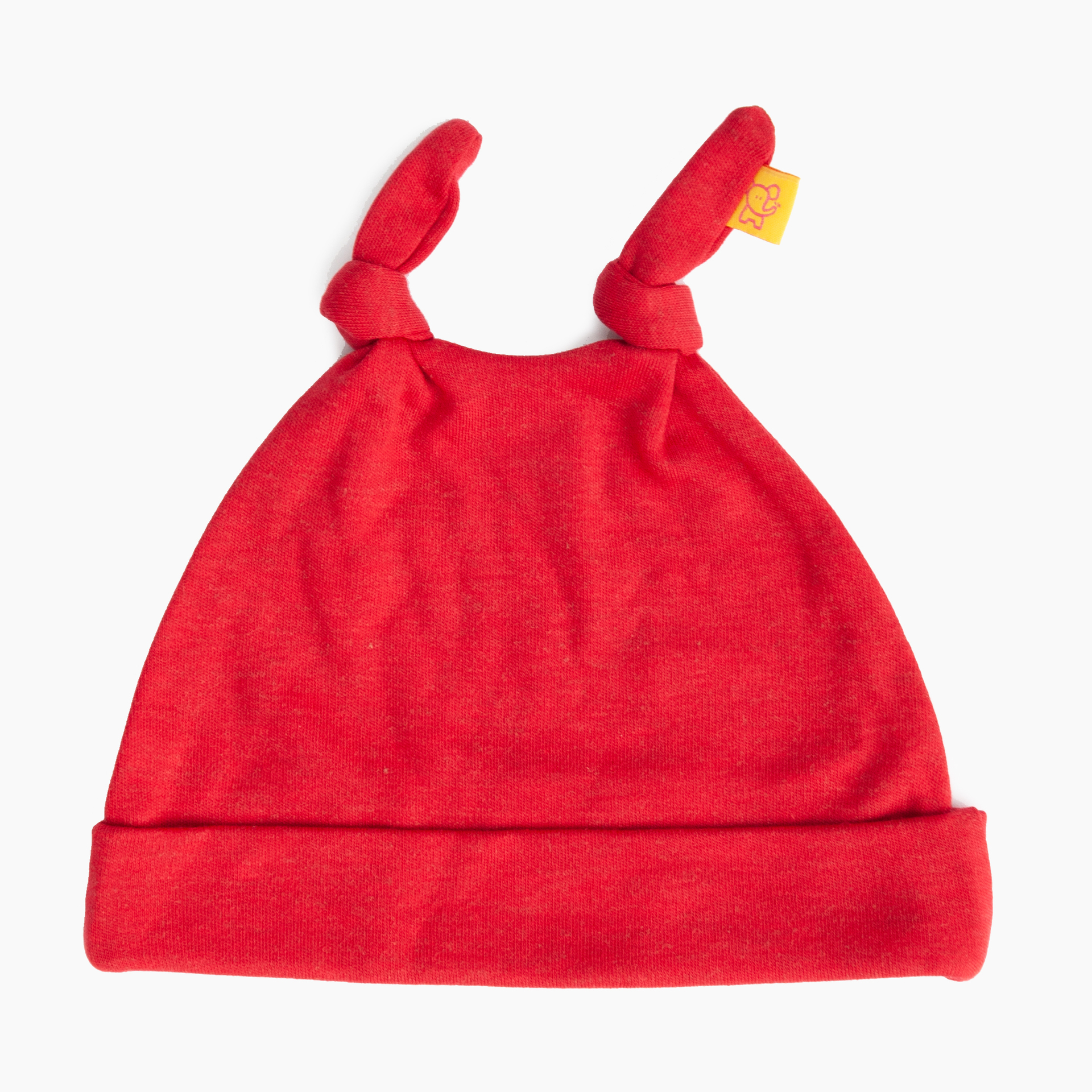
Hat, Double Knot, Red
.jpg)
Long Sleeve Vest, Cherry Stripe
.jpg)

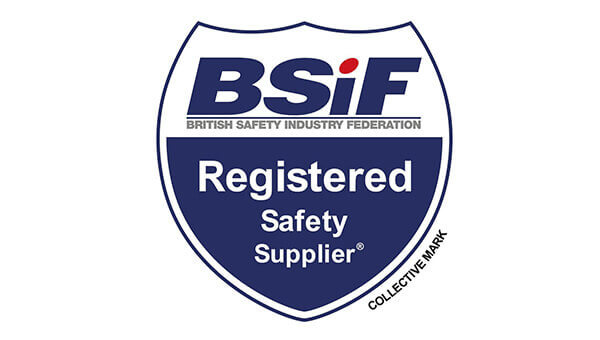

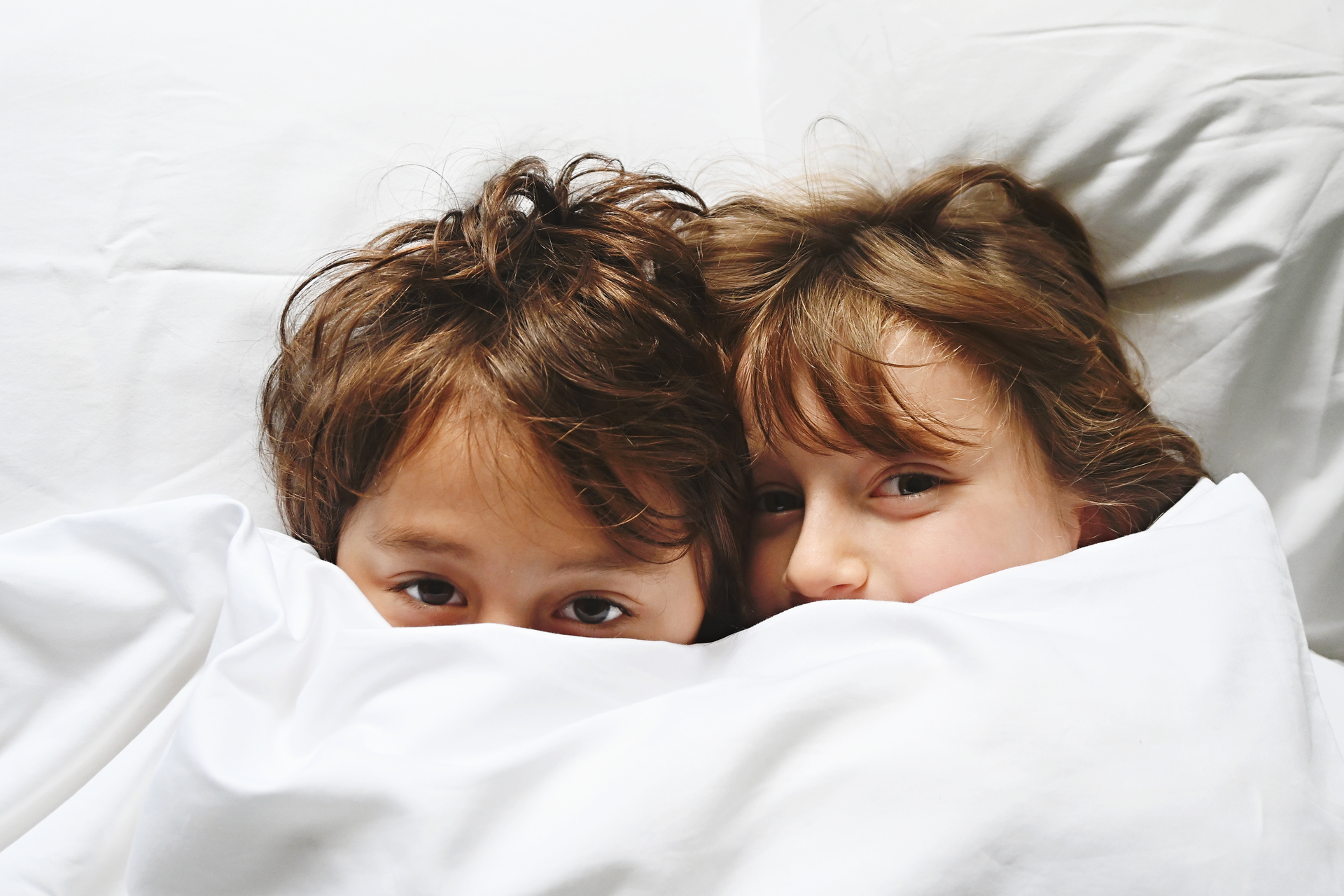
.jpg)